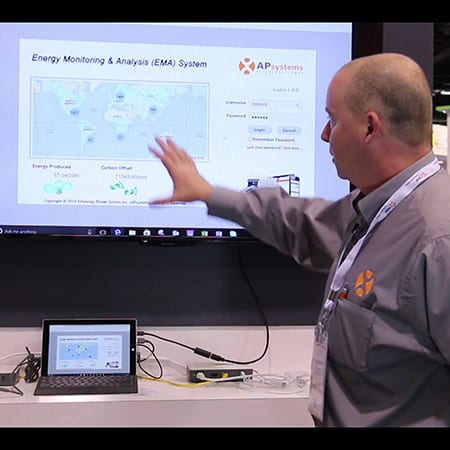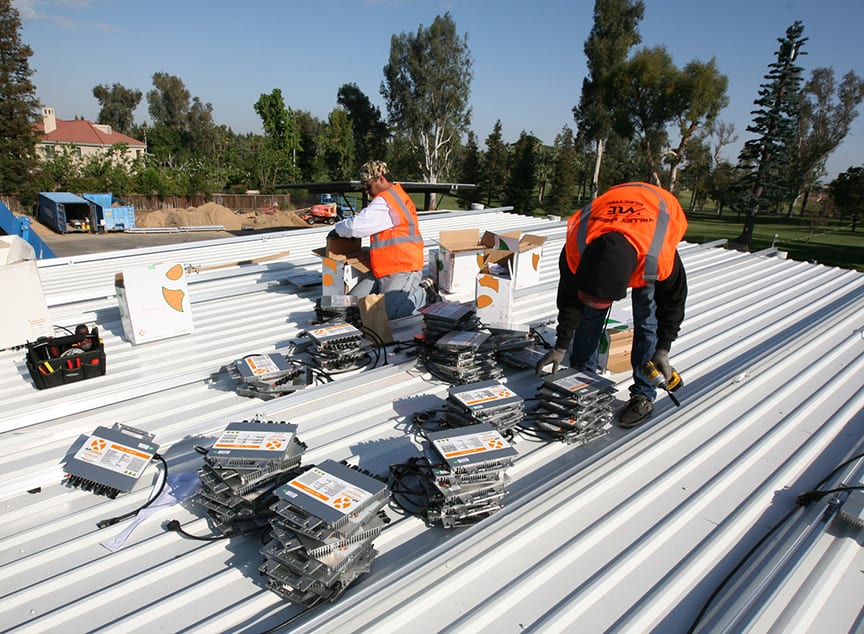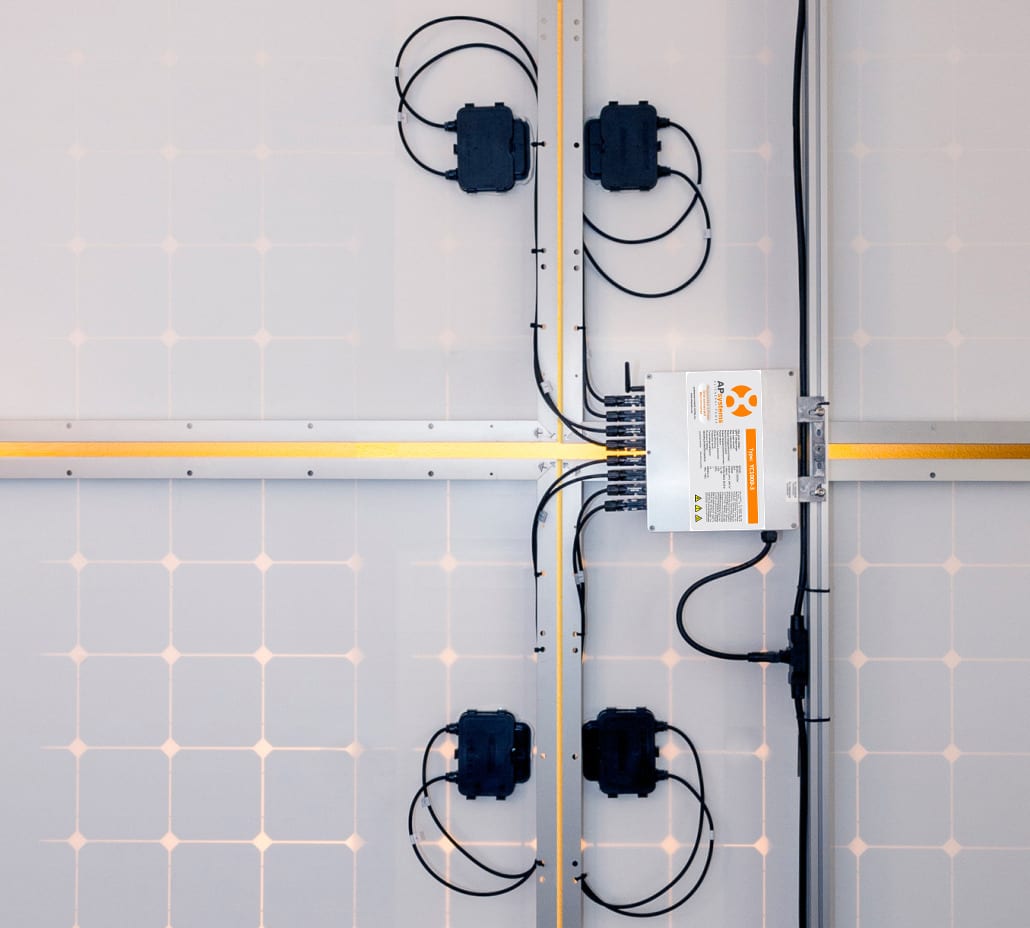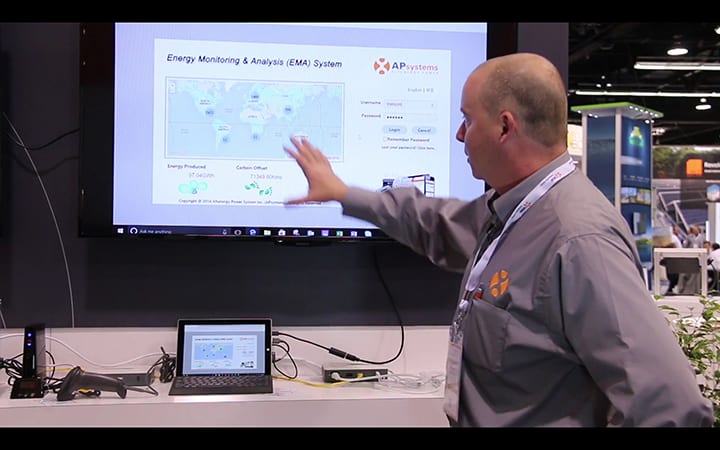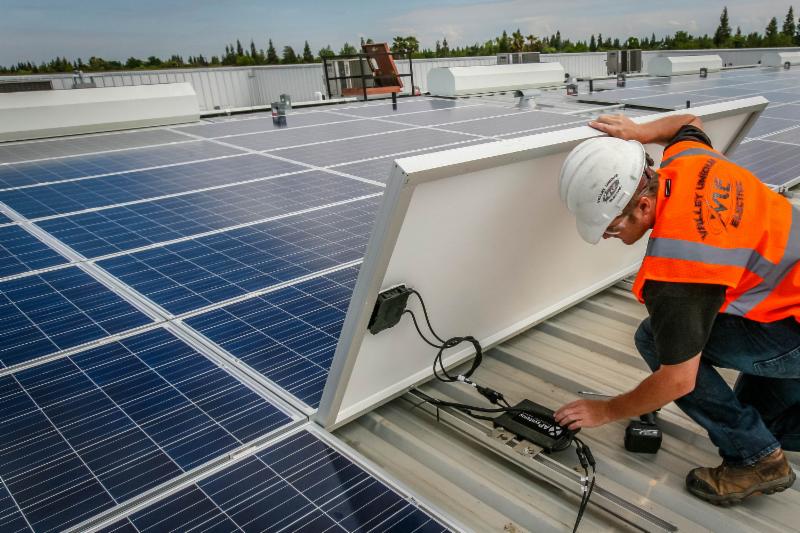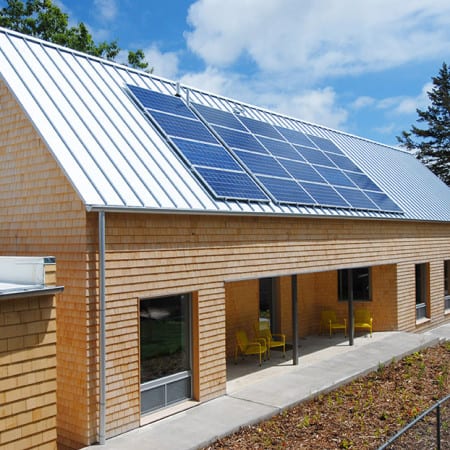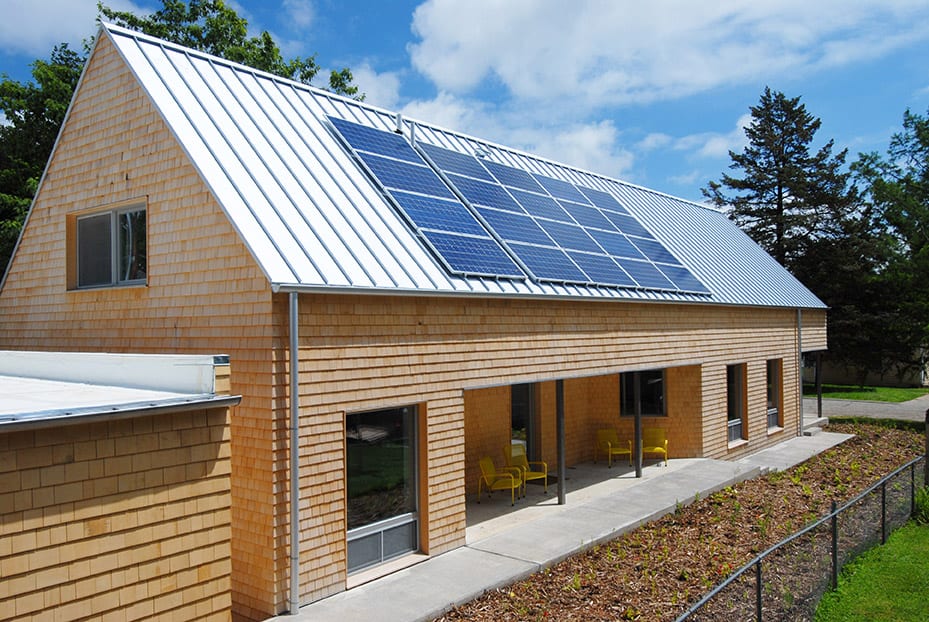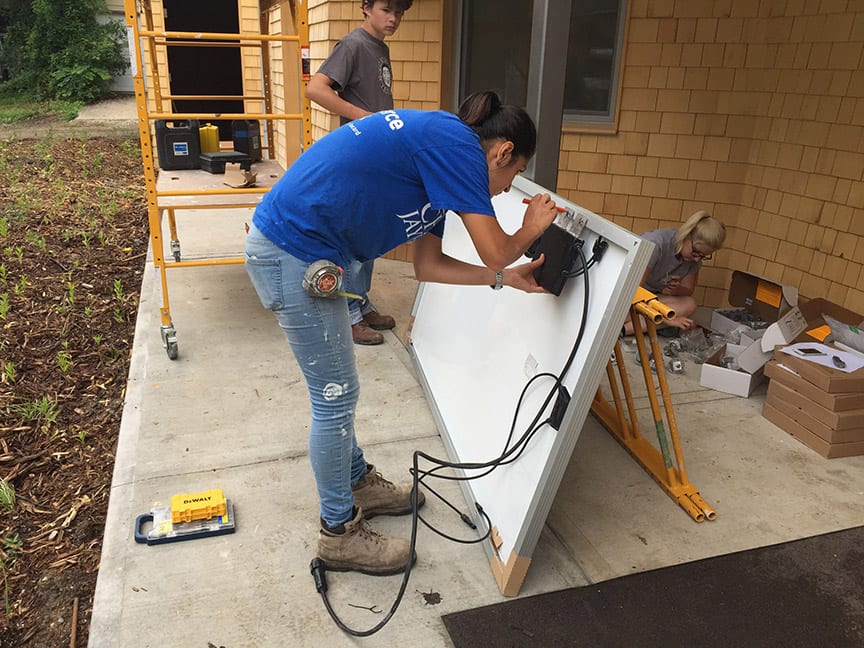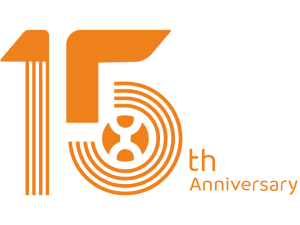AI Navigates the Future of Solar & Energy Storage: APsystems Builds a Diverse Smart Energy Ecosystem
In today’s wave of technological innovation, AI is reshaping global industries in transformative ways. From intelligent manufacturing to smart energy, AI has become a key driver of productivity. Against this backdrop, APsystems has taken a forward-looking approach by integrating AI with solar and energy storage solutions—launching an ambitious journey into intelligent energy innovation.
AI-Powered Integration of Solar and Energy Storage
APsystems has long prioritized the integration of solar and energy storage across a wide range of applications. In the micro solar and storage segment, the company introduced the EZ1 and EZHI series, offering easy DIY installation so users can build their own power systems and enjoy energy independence.
For residential applications, APsystems pairs high-current 20A microinverters with the ELS/ELT storage series to support the diverse energy needs of modern households. In the commercial and industrial (C&I) sector, the three-phase QT2 microinverter series and Ocean storage system help businesses reduce energy costs and improve efficiency through flexible configuration and high-performance conversion.
Backed by a robust product portfolio, APsystems has embedded AI across every stage of the customer journey—from intelligent system design in pre-sales, to energy management optimization during sales, to fault detection and smart operations post-installation. This end-to-end integration enhances energy efficiency and operational value.

Transforming Energy Management Across Scenarios with AI
APsystems applies AI across key business scenarios to enhance energy management.
For residential energy users, the company has introduced the innovative “BESS AI” model. Using deep learning, this model analyzes historical solar production and usage data, along with regional electricity pricing, to forecast daily energy demand and generation. It then generates custom battery charge/discharge strategies tailored to each household. These strategies are automatically delivered to residential and balcony energy storage systems to optimize energy use. The result: reduced grid dependency and maximized savings through time-of-use pricing—delivering both smarter energy use and economic benefits.

In the enterprise space, APsystems has earned electricity trading qualifications from the Jiangsu Power Trading Center. Through its “AES Electricity Spot Market Trading Support Platform,” the company leverages big data and AI to provide advanced energy management for commercial users. The platform forecasts electricity prices and industry load, generates optimized charge/discharge plans, and manages reverse power flow by activating storage systems as needed. It also monitors price fluctuations in real-time, enabling businesses to buy low, sell high, and even participate in spot markets or offer grid services. These tools help enterprises cut costs and unlock new revenue streams through smart energy strategies.

Enhancing the Customer Experience with AI Innovation
To streamline system design, APsystems developed the “AP Designer” tool—an advanced solar design platform that incorporates image recognition, simulation, and 3D modeling. Trained on a wide range of real-world data, the tool can quickly assess roof layouts, tree coverage, and obstructions to deliver accurate and efficient one-click solar system designs.
AP Designer supports online site selection and offers both manual and AI-powered 3D modeling. Once a site is confirmed, it automatically lays out the modules, avoids shading, optimizes inverter and cabling placement, and generates key deliverables like system drawings, bills of materials (BOM), cost-benefit analyses, and simulation reports—all of which significantly streamline project planning and increase accuracy.
APsystems also created its proprietary AI-powered support assistant, APbot. Built on a privately deployed DeepSeek model, APbot can accurately understand and respond to customer questions. Its modular design allows flexible switching between language models to comply with local regulations and adapt to future upgrades. The knowledge base behind APbot integrates technical content, industry insights, and company product information, forming a strong foundation for intelligent service.
A quality control mechanism monitors conversations in real-time to ensure consistent service. APbot can be used independently or embedded in APsystems’ website, EMA platform, and mobile app. Features like follow-up questioning, intelligent video recommendations, and proactive support elevate the customer experience across every touchpoint.

Building a Future-Ready AI Strategy
Beyond product innovation, APsystems is implementing AI across its organization. Initiatives such as the “+AI Application Research Institute” and “AI Open Day” aim to strengthen internal AI capabilities, redesign workflows, lower operational costs, and drive greater efficiency by combining AI tools with everyday business operations.
Looking ahead, APsystems remains committed to pioneering the fusion of AI and energy technology. By focusing on real-world applications and continuous technological advancement, the company is expanding the “Smart Energy + AI” ecosystem to deliver smarter, more efficient, and greener energy solutions to users worldwide.



